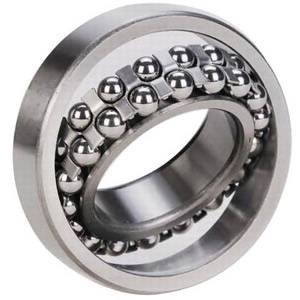
Double row ball bearings offer significant advantages over their single-row counterparts, providing increased load capacity, improved rigidity, and enhanced stability for a wide range of applications. These bearings feature two rows of balls running between an inner and outer raceway, significantly increasing their radial load-carrying capacity and stiffness. This makes them ideal for applications requiring high precision and demanding operating conditions.
Key Features & Benefits:
Typical Applications:
Specifications (General - Specifics Vary by Model):
Choosing the Right Double Row Ball Bearing:
Selecting the appropriate double row ball bearing requires careful consideration of several factors, including the application's load requirements, speed, operating temperature, and desired service life. Consulting a bearing specialist or referring to bearing manufacturer catalogs is recommended for precise selection.
Note: Proper lubrication and maintenance are crucial for maximizing the lifespan and performance of double row ball bearings. Consult the manufacturer's instructions for recommended lubrication procedures and operating conditions.